It was 43 years ago — May 18, 1980 — when Reed Gardner was working at the federal building in downtown Las Vegas. He was keeping a close watch on a fire on Mount Charleston west of the city, a blaze headed east toward a nearby recreation area.
“The TVs were on, and it was all about my fire,” recalls the former U.S. Forest Service employee of 33 years. “After 8:32 (in the morning), the TVs all switched to Mount St. Helens.”
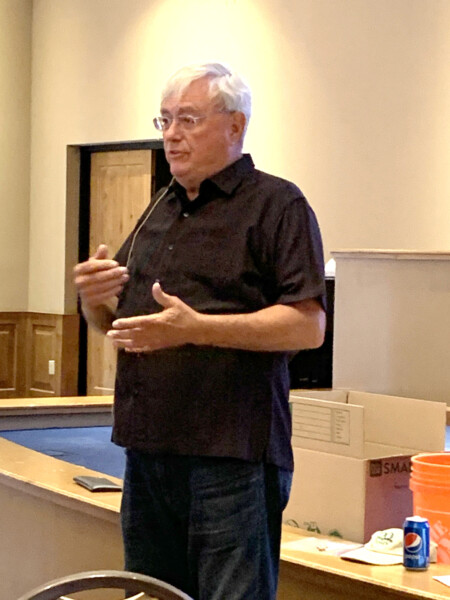
The latter half of Gardner’s government career — from 1988 to 2004 — would be spent leading a revitalization effort at Mount St. Helens.
Gardner grew up in Davenport, Iowa, spending weekends and summers at a farm that had been in his family since 1902. As a junior high student, he wrote a research paper about being a forest ranger. His future career path was determined.
After majoring in forestry and range management with a minor in outdoor recreation at Utah State University, he embarked on a path that included stops in Nevada, Utah, Florida and Alaska.
Mount St. Helens, according to the U.S. Geological Survey, began growing before the end of the Ice Age. Its oldest ash deposits date to least 40,000 years. The volcano had nine main eruptions prior to 1980. Beginning in mid-March of that year, a series of smaller earthquakes and steam explosions had the scientific community on high alert.
“The magma deep in the earth was being pushed up through these tubes,” Gardner explains. “The ‘bulge’ was growing five feet a month, then five feet a day, then five feet an hour. They knew the mountain was going to blow, but they did not know when.”
Scientists from around the world came to observe. On the morning of May 18, David Johnston, a 30-year-old volcanologist, had replaced a colleague on watch at an observation post six miles from the mountain. At 8:32 a.m. Pacific time, he was the first to announce the eruption, uttering the words, “Vancouver. Vancouver. This is it!” A 5.1-magnitude earthquake had struck one mile under Mount St. Helens, triggering the largest landside in history.
Among the impacts:
- A 300-mile-per-hour lateral blast resulted in 4 billion board feet of timber (enough to build 300,000 two-bedroom homes) being destroyed and blown into Spirit Lake.
- About 520 million tons of ash were sent into the air at 60 mph. The ash cloud circled the globe for several weeks before falling to the earth.
- That lateral blast, which amounted to a horizontal explosion, killed Johnston, who was one of 57 people — including volcanologists, loggers, campers and reporters — killed that day. His body was never found.
The death toll could have been far worse.
“There were scout camps, a lodge, private homes up there. Before the eruption, people wanted to go in and enjoy the area,” Gardner recalled. “At 11 a.m. that day, they were going to let them go in and get their belongings. People were lined up for long distances. If the explosion had been at 12 …”
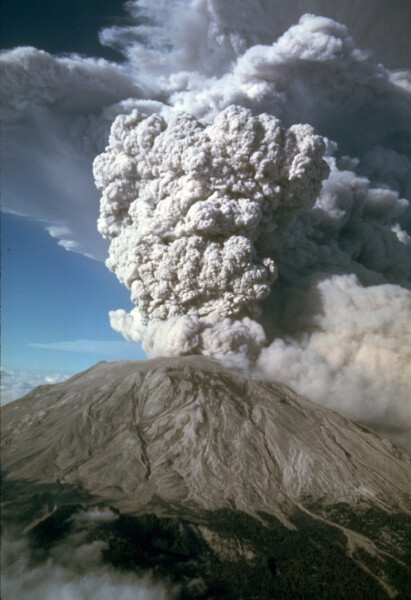
Recovery time
In 1982, Congress authorized the Mount St. Helens National Volcanic Monument, a 110,000-acre area within the Gifford Pinchot National Forest. A management plan was later authorized with three objectives: environmental education and interpretive services, a virtually unimpeded recovery of the area, and recreational opportunities.
Gardner came on board at the monument in 1988 and was elevated to public service program manager. The work of elected officials at the county, state and federal levels helped secure $100 million ($10 million a year for 10 years) to execute the revitalization plan. His job included overseeing the use of those funds.
One of the highlights was constructing a visitor center named the Johnston Ridge Observatory in memory of the young volcanologist.
“It is at the ridge where David Johnston died,” Gardner said. “It was built into a wall. The idea was to show a movie about the eruption, then the curtain parts, the screen rises and there is a picture window of the mountain with an amphitheater down below.”
The amphitheater was eventually completed after Gardner retired. But the opening in 1993 filled the large parking lot and resulted in a line of cars a mile long down the highway waiting to get in.
The area attracted several million visitors a year. But not all of Gardner’s responsibilities were as significant.
“After the blast, there was a car (belonging to a miner who was killed) that was burned up. We put a fence around it and used it as an interpretive tool,” he said. “About 10 years later, a son of the man who owned the car said he wanted $100,000 for use of the car. I checked. The Forest Service had advertised for months for people to come get their stuff.
“I told the guy we can’t pay him but if you want it, come and get it. Some in our office said we should have charged him a storage fee. I never heard another word from him,” Gardner added with a chuckle.
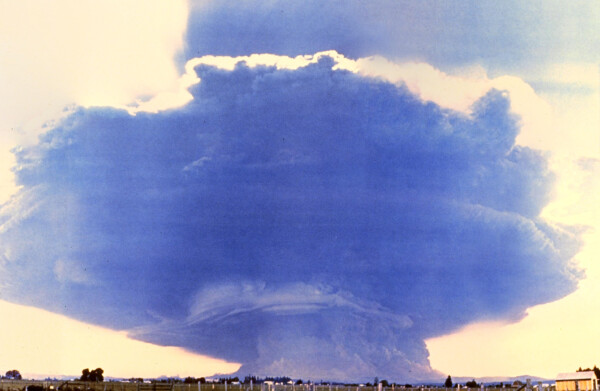
Gardner had gathered local, state and federal emergency officials on an annual basis to outline procedures if the mountain erupted again. His final duty before retiring was to write an evacuation plan.
Interestingly enough, his successor did not continue those planning sessions.
Mother Nature, however, had her own plans, with volcanic activity returning to the mountain in late 2004 and once again in early 2008.
Fortunately, the new lava dome did not rise above the rim of the crater created by the 1980 eruption.
The road to Province
After retiring, Gardner obtained his insurance license in Washington state and helped his wife with her State Farm agency. Several friends in the industry bought homes in Rancho El Dorado. During a visit here, the Gardners saw a house in Province on the water they liked.
“We pulled the plug and bought it (in late 2021),” he said. “We like it so much we probably spend more time here than in Washington. I love everything. The weather, our neighbors, people who like to do the same things we do.”
As for Mount St. Helens, there have been many changes in the nearly two decades since he left.
“It’s not the same Mount St. Helens as when I was there because the U.S. Forest Service closed most everything down. I supervised 54 full-time and 150 part-time employees. We collected $2 million in entrance fees the first year. It’s a shame the Forest Service let it go.”
This story was first published in the July edition of InMaricopa Magazine.

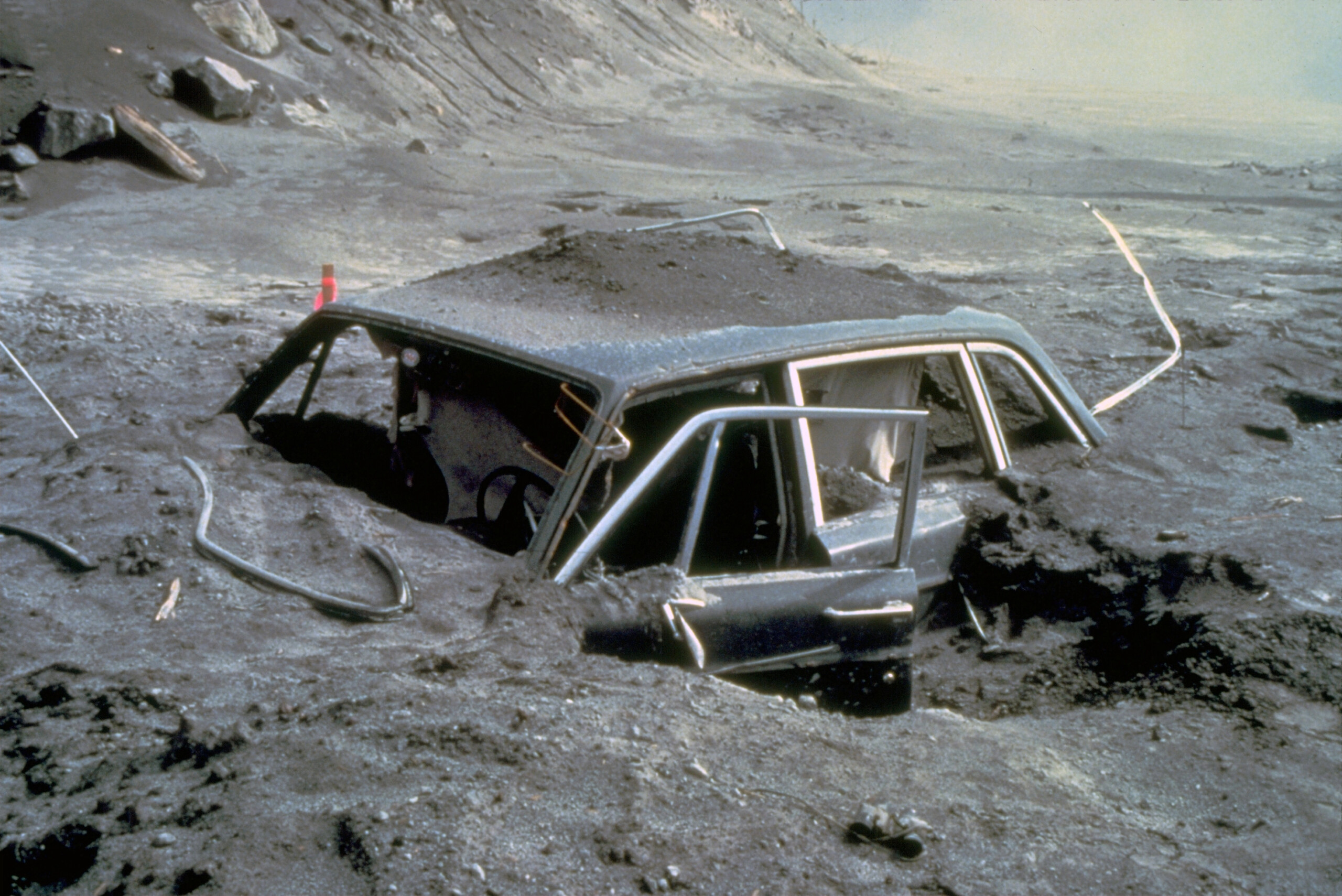
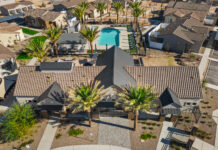


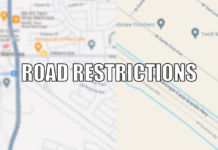

![City gave new manager big low-interest home loan City Manager Ben Bitter speaks during a Chamber of Commerce event at Global Water Resources on April 11, 2024. Bitter discussed the current state of economic development in Maricopa, as well as hinting at lowering property tax rates again. [Monica D. Spencer]](https://www.inmaricopa.com/wp-content/uploads/2024/04/spencer-041124-ben-bitter-chamber-property-taxes-web-218x150.jpg)

![3 things to know about the new city budget Vice Mayor Amber Liermann and Councilmember Eric Goettl review parts of the city's 2024 operational budget with Mayor Nancy Smith on April 24, 2024. [Monica D. Spencer]](https://www.inmaricopa.com/wp-content/uploads/2024/04/spencer-042424-preliminary-budget-meeting-web-218x150.jpg)



![Alleged car thief released without charges Phoenix police stop a stolen vehicle on April 20, 2024. [Facebook]](https://www.inmaricopa.com/wp-content/uploads/2024/04/IMG_5040-218x150.jpg)




